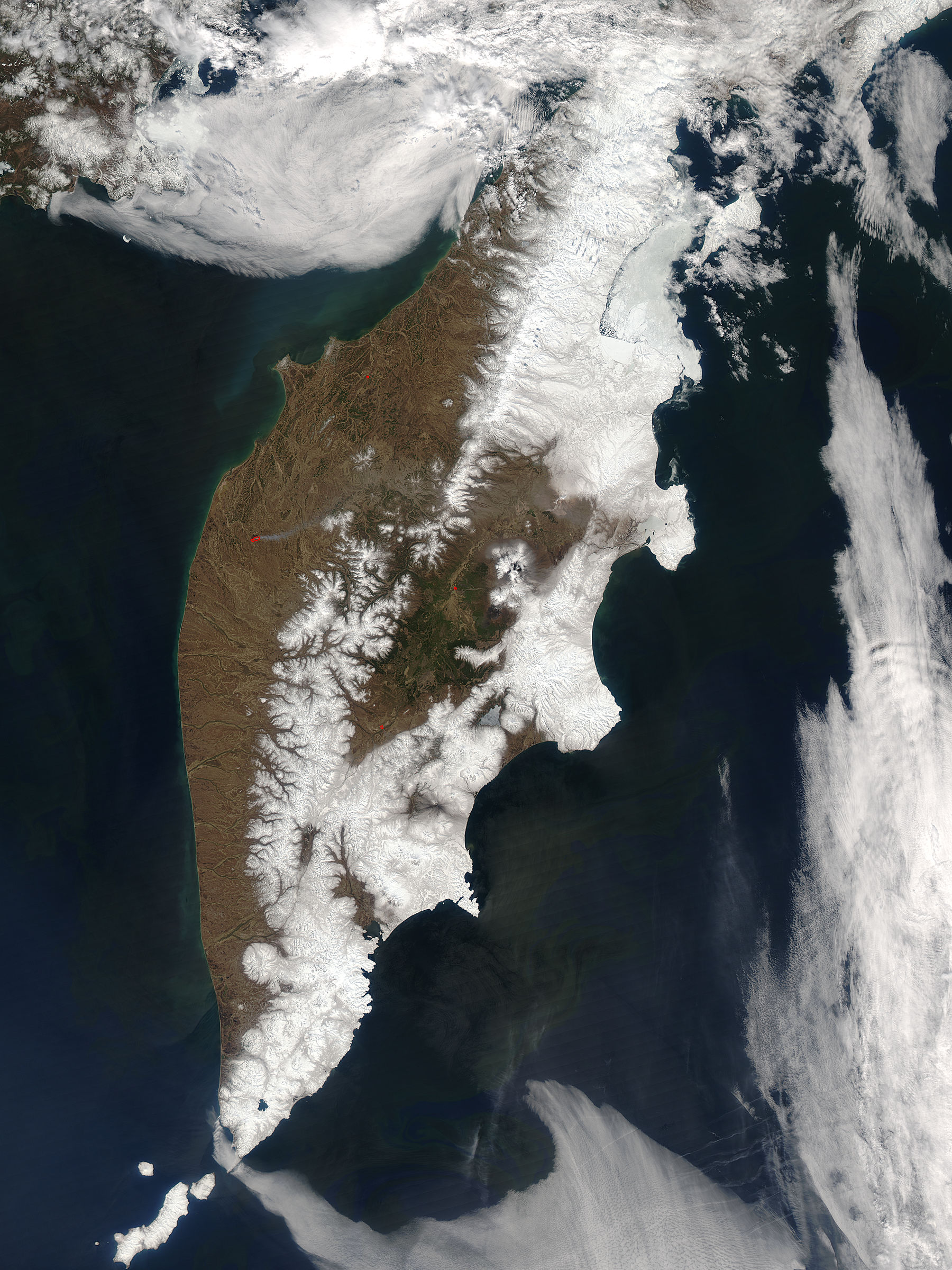Kamchatka Peninsula, Russia — Massive 8.8 Magnitude Earthquake & Pacific‐Wide Tsunami Warnings



The Event
On July 30, 2025 local time (July 29, 23:24 UTC) a massive earthquake measuring about magnitude 8.8 (Mw) struck off the eastern coast of Russia’s Kamchatka Peninsula, near the city of Petropavlovsk‑Kamchatsky. The Express Tribune+4Wikipedia+4weather.gov+4
The earthquake occurred at a shallow depth (≈ 20–35 km) beneath the oceanic plate interface where the Pacific Plate is subducting under the Okhotsk/Amur region. esarswg.org+2WTW+2
Because of its magnitude and location offshore, the event triggered tsunami warnings across the Pacific Ocean, from nearby Russian shores to Japan, Hawaii, Alaska, even South America. euronews+2weather.gov+2
Impact & Tsunami
-
In the immediate region (Kamchatka & Kuril Islands), tsunami run‐up heights of 3-4 metres (≈10-13 ft) were reported. The Indian Express+2weather.gov+2
-
In more remote monitoring stations across the Pacific, smaller amplitudes (e.g., ~1.1 m in parts of Chile/Ecuador) were observed. weather.gov+1
-
In Russia’s far‐east, infrastructure experienced shaking and some damage: buildings swayed in Petropavlovsk-Kamchatsky; a kindergarten was reported damaged though vacant. The Express Tribune+1
-
Fortunately, despite the size of the quake, major loss of life or catastrophic damage did not materialise on a large scale. Most coastal tsunami warnings were later cancelled with limited actual wave impact in many regions. Le Monde.fr+2Deutsche Welle+2
Significance
-
This quake ranks among the largest ever recorded in this region and globally in recent decades—comparable to major megathrust events. weather.gov+2esarswg.org+2
-
It underscores the persistent risk of megathrust earthquakes and tsunamis along subduction zones, and the importance of early warning, monitoring and evacuation systems across the Pacific. WTW+1
-
The event also triggered concern for aftershocks and secondary hazards. For example, on September 18/19, 2025, a strong aftershock (≈7.8 magnitude) occurred in the same region. Scientific American+1
Why It Mattered to the Wider Pacific
Even though the epicentre is in a remote region, the tsunami‐warning reach (Japan, U.S. West Coast, Hawaii, South America) demonstrates how seismic events in one location can have trans‐oceanic consequences. euronews+2weather.gov+2
For example, evacuation protocols were activated in places like Japan and Hawaii—even if ultimately the tsunami threat diminished. Le Monde.fr
What to Watch
-
Aftershocks: Large earthquakes in subduction zones often spawn significant aftershocks—these can themselves pose tsunami risk.
-
Tsunami preparedness: Even when major damage is avoided, such events are a reminder of the vital need for early‐warning systems and public awareness.
-
Coastal monitoring: Wave run‐up heights vary widely; local coastal geometry can amplify impacts, so areas need to stay vigilant.

